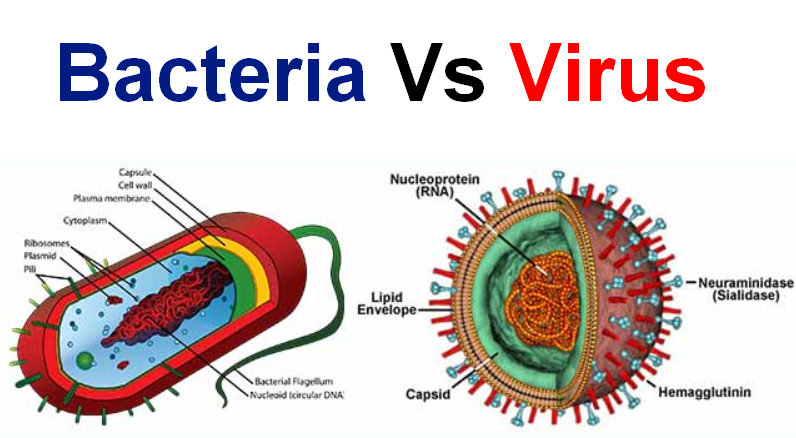
Do You Know Difference Between Viruses and Bacteria? If You Don’t, You’re Not Alone.
In a recent survey as part of the Outbreak Project in Australia designed to curb antibiotic resistance has revealed alarmingly limited health literacy despite the Coronavirus pandemic and all of the medical terminology. The research conducted by Australia’s national science agency, CSIRO and the University of Technology surveyed 2127 adults, finding:
• 92% did not know the difference between viral and bacterial infections
• 13% of Australians wrongly believe Coronavirus can be treated with antibiotics
• 19% thought antibiotics were needed to treat the common cold
• 14% have taken antibiotics prophylactically (“just in case”) when traveling overseas.
Patients expecting prescriptions for antibiotics to treat the common cold is not new, however the high rates of misinformation about what is conceivably elementary school science is surprising. The only defensible statistic in my mind is the lowest one – the recent use of azithromycin (an antibiotic) as an adjunct to treat COVID-19 (a virus) may confuse respondents who have some background and recent medical knowledge. Azithromycin, like other macrolide antibiotics, has anti-inflammatory and immunomodulatory actions independent of its antibiotic action.
The public probably needs re-educating that antibiotics work by exploiting the physiological differences between bacteria and human cells; while viruses invade our own cells to replicate which poses a more challenge so to kill without causing damage to ourselves, which is why we don’t have as many antiviral agents than we do antibiotics.
Although there are more than plenty of different species of both bacteria and viruses. It is to be clear the that viruses are more simpler from their molecular anatomy than bacteria do. Their structure is also simple in the sense that the primary goal and function of viruses are to invade a host and replicate itself. Therefore they are structured primarily with a DNA, a nuclear envelope, and spiked proteins that bind to their hosts. The treatment for viruses focuses on way to interrupt it’s viral replication. regardless of how novel a virus may be, you can bet any new anti-viral treatment will behave in a way to stop the viral replication process.
Bacteria cell structure is more complex than that of viruses. Bacteria are larger with more cell organelles that all serves to function the bacteria’s survival, such as; DNA, a cellular matrix, mitochondria, cell wall, and digestive system. Treatments like antibiotics target to these organelles in many different ways. However, if frequent consumption of antibiotics is taken, there will always be a small number of bacteria that survive. The DNA of the survived bacteria will replicate to a point where the antibiotic will prove inaffective. This can lead to antibiotic resistance which will prevent any new drug from killing the new strain.
It is understandable how names and scientific taxonomy can be confusing to the common. For example, Haemophilus influenzae is a bacterium causing meningitis but the public may be misled by the ‘influenzae’ in the name. Such diseases like Bordetella pertussis and Mycoplasma pneumoniae are bacteria though some say they may behave more like viruses (ie. the lymphocytosis with the former).
It is important to know the difference between the two organisms. They both have DNA and both replicate for survival however it is in their behavior that makes them different. Their treatment is different in the way it effects the replication process of both bacteria and viruses.
References
2. G. W. Amsden, Anti-inflammatory effects of macrolides—an underappreciated benefit in the treatment of community-acquired respiratory tract infections and chronic inflammatory pulmonary conditions?, Journal of Antimicrobial Chemotherapy, Volume 55, Issue 1, January 2005, Pages 10–21, https://doi.org/10.1093/jac/dkh519




Andy Alem
The LabFinder Editorial Team is behind The Illuminator and The Insider, LabFinder’s consumer and business blogs.
Dr.Robert Segal
Dr. Segal is CEO and co-founder of LabFinder, as well as a board-certified cardiologist. He began practicing medicine in 2002 and has founded several businesses, including Medical Offices of Manhattan and Manhattan Cardiology.